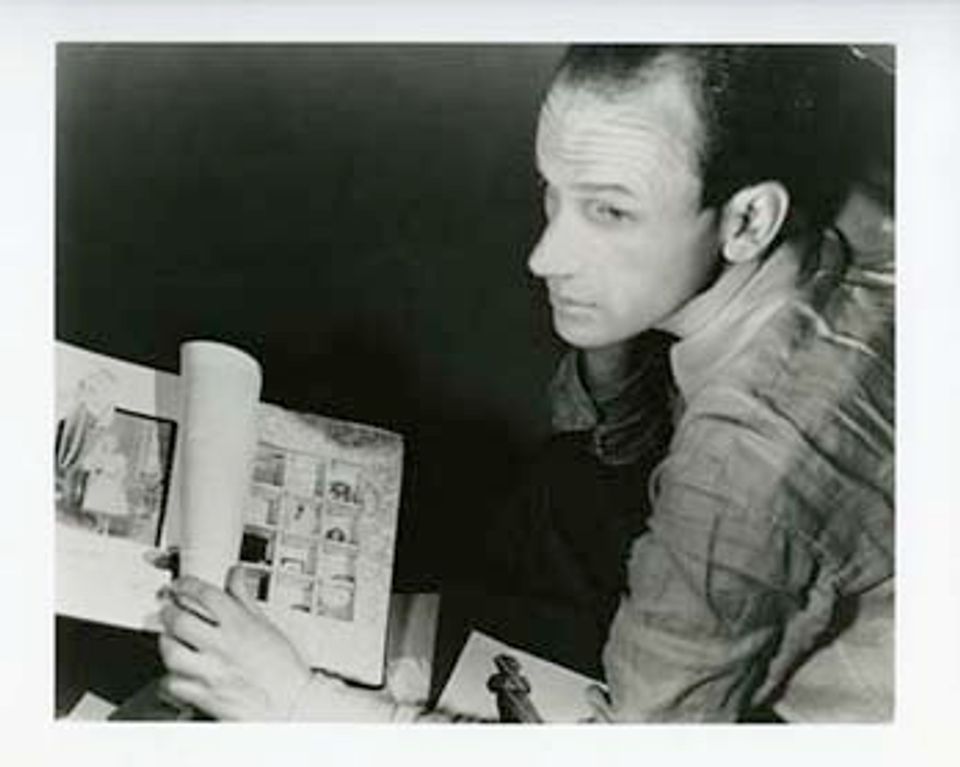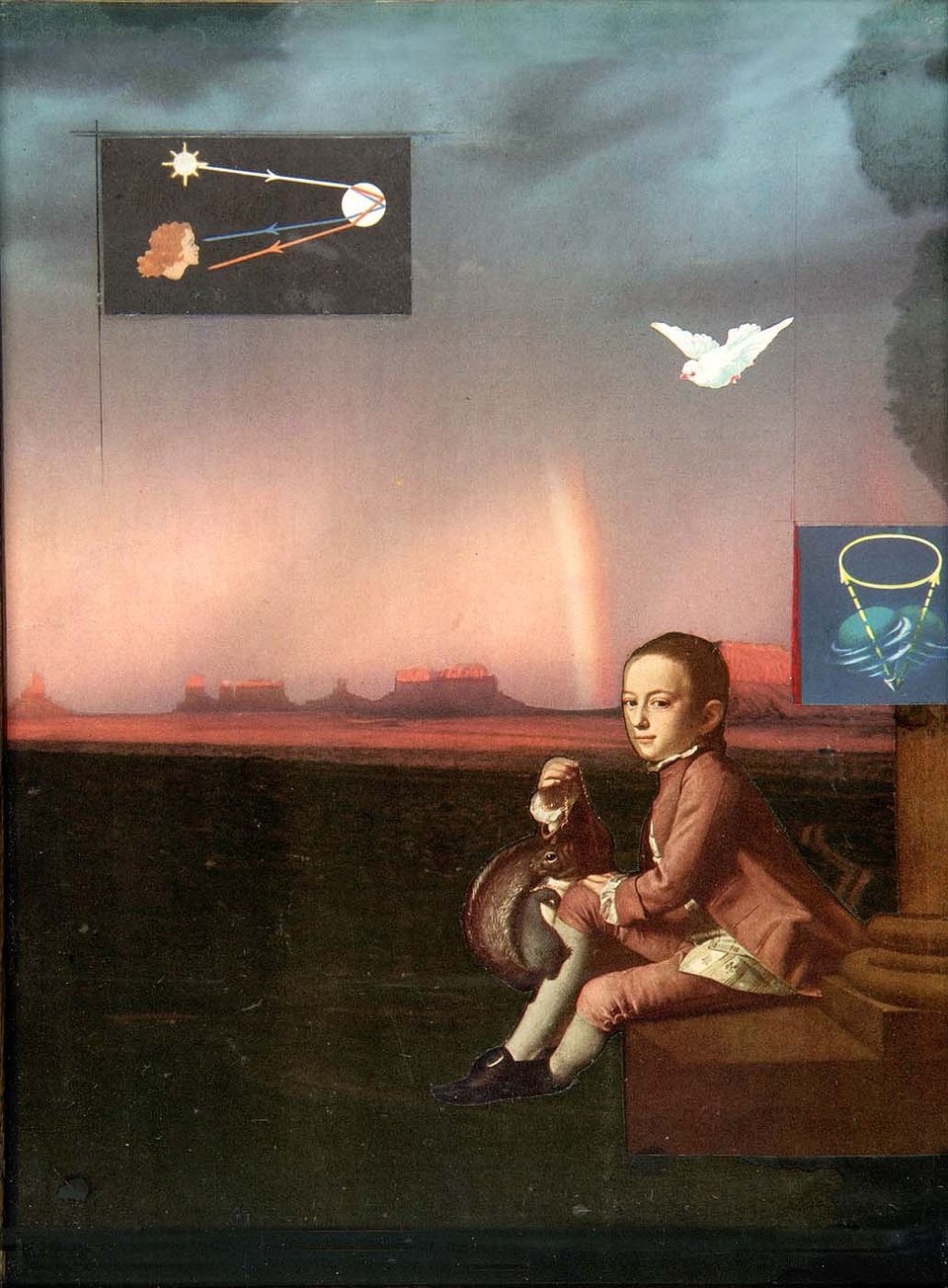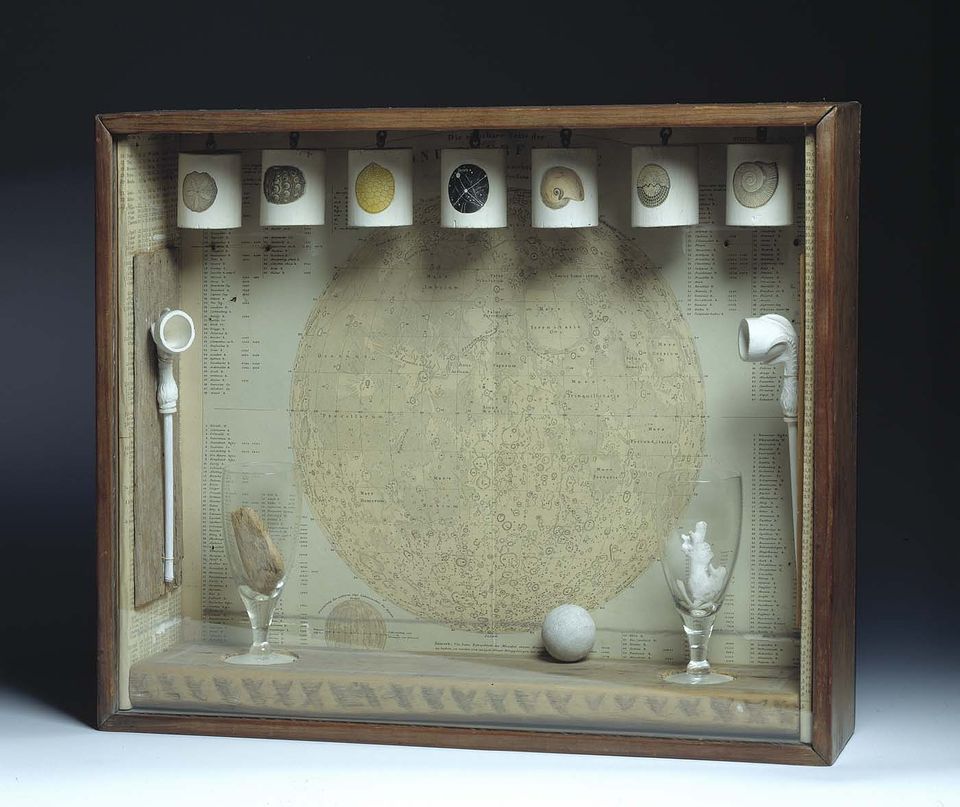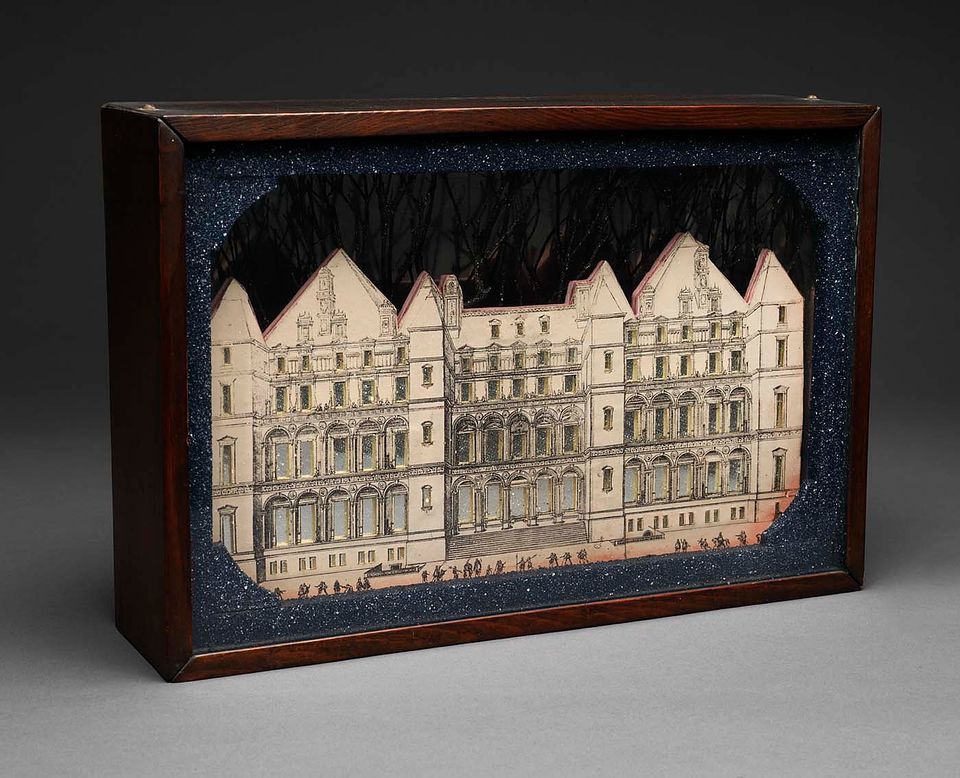Joseph Cornell

- Biography
A premier assemblagist who elevated the box to a major art form, Joseph Cornell also was an accomplished collagist and filmmaker, and one of America's most innovative artists. When his sister and brother-in-law, Mr. and Mrs. John A. Benton, donated a collection of his works and related documentary material in 1978, the NMAA [now the Smithsonian American Art Museum] established the Joseph Cornell Study Center.
Born on Christmas Eve, 1903, Joseph Cornell was raised in an affluent, closeknit family in Nyack, New York. He attended Phillips Academy in Andover, Massachusetts, as a science major between 1917 and 1921, but did not graduate. While working as a textile salesman in New York between 1921 and 1931, Cornell began exploring the city and its cultural resources, and converted to Christian Science, thereafter a major influence on his life and work. In 1929, his family moved to Flushing, New York, where he lived until his death on December 29, 1972.
His art has been described as romantic, poetic, lyrical and surrealistic. Self-taught but amazingly sophisticated, he created his first collages, box constructions and experimental films in the 1930s. By 1940, his boxes contained found materials artfully arranged, then collaged and painted to suggest poetic associations inspired by the arts, humanities and sciences.
He believed aesthetic theories were foreign to the origin of his art but said his works were based on everyday experiences, "the beauty of the commonplace." An insatiable collector, he acquired thousands of examples of printed and three-dimensional ephemera—searching the libraries, museums, theaters, book shops and antique fairs in New York and relying on his contacts across the United States and in Europe. With these objects, he created magical relationships by seamlessly combining disparate images.
Cornell was an imaginative and private man who, mingling fantasy and reality, produced works outstanding not only for their originality and craftsmanship but for their complexity and diversity.
Exhibitions
Related Posts























